Narendra Modi Finally Got India’s Capital Territory
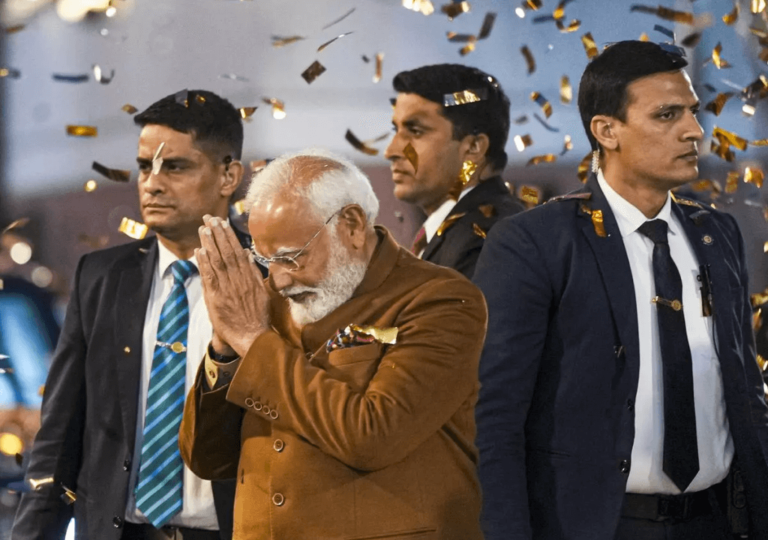
After years of resistance from the Aam Aadmi Party, Narendra Modi and the BJP have finally secured control over India’s National Capital Territory, marking a significant political shift in Delhi

After years of resistance from the Aam Aadmi Party, Narendra Modi and the BJP have finally secured control over India’s National Capital Territory, marking a significant political shift in Delhi
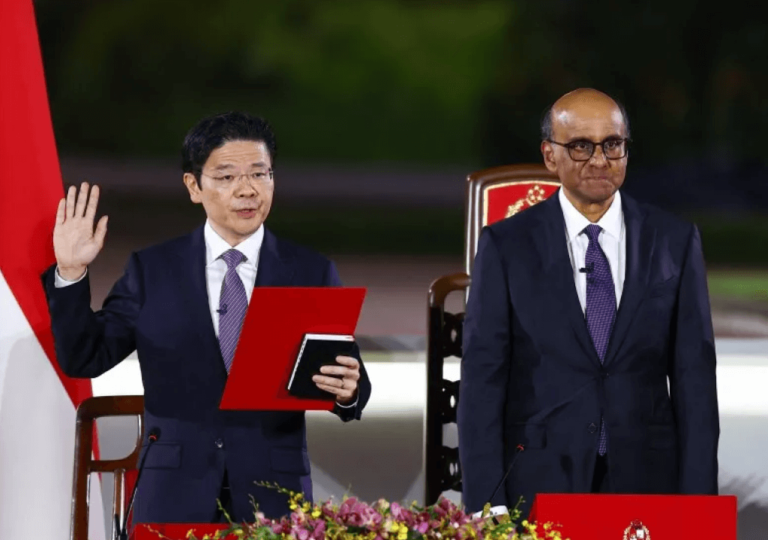
Explore the significant political developments in Singapore as parties prepare for the pivotal general election in 2025
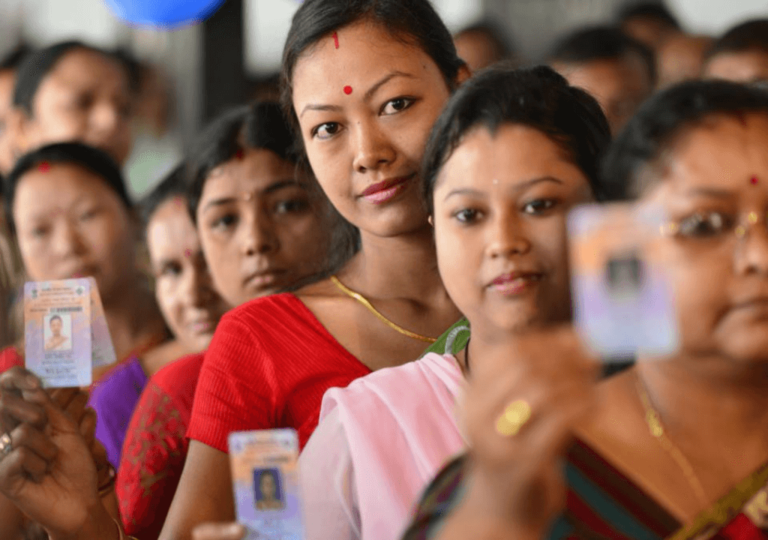
India's elections are a grand spectacle, with the "One Nation, One Election" proposal aiming to streamline costs and governance
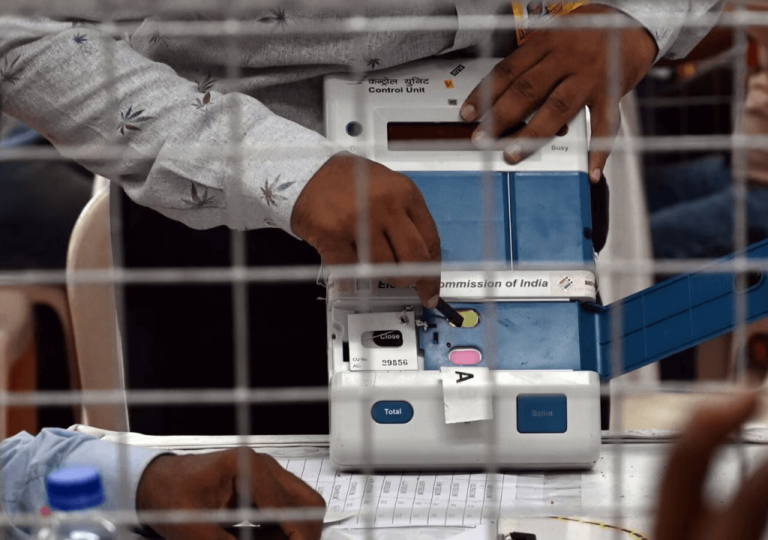
The Indian National Congress celebrates a rare achievement but faces ongoing challenges and declining influence in Indian politics
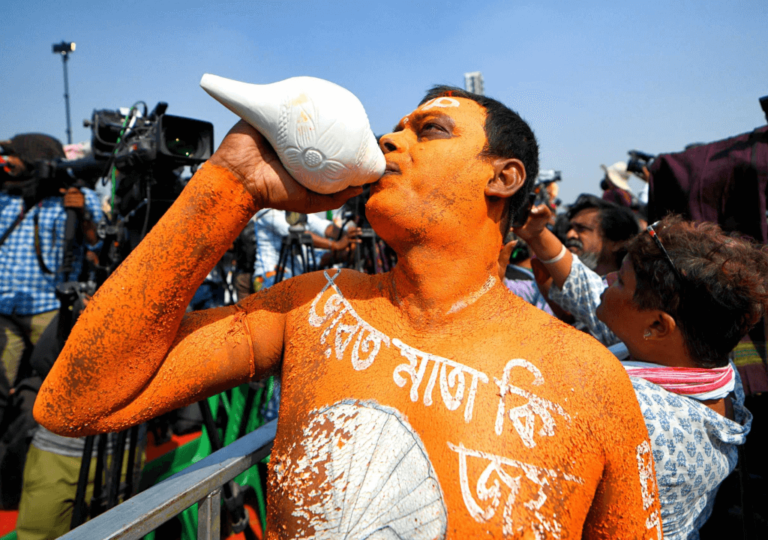
Maharashtra's BJP-led alliance wins 235 seats in the assembly election, securing a strong mandate for another five years
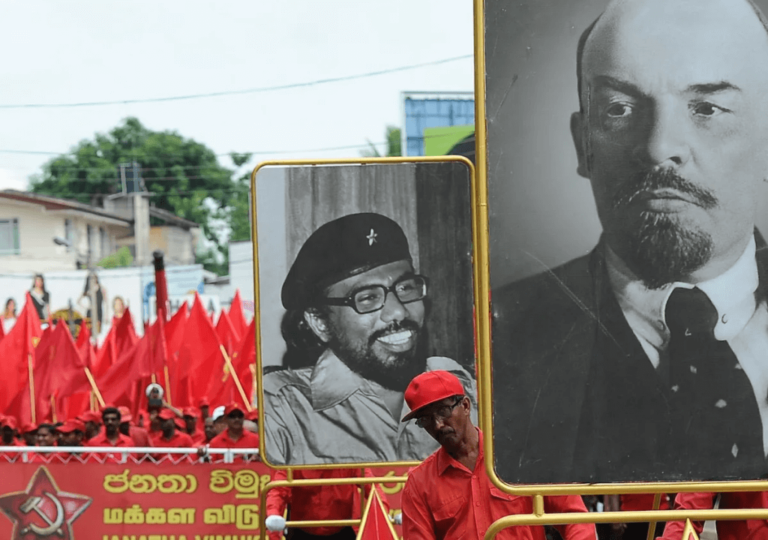
Sri Lanka's communist party, JVP, wins a historic supermajority, reshaping the political landscape under President Anura Dissanayake
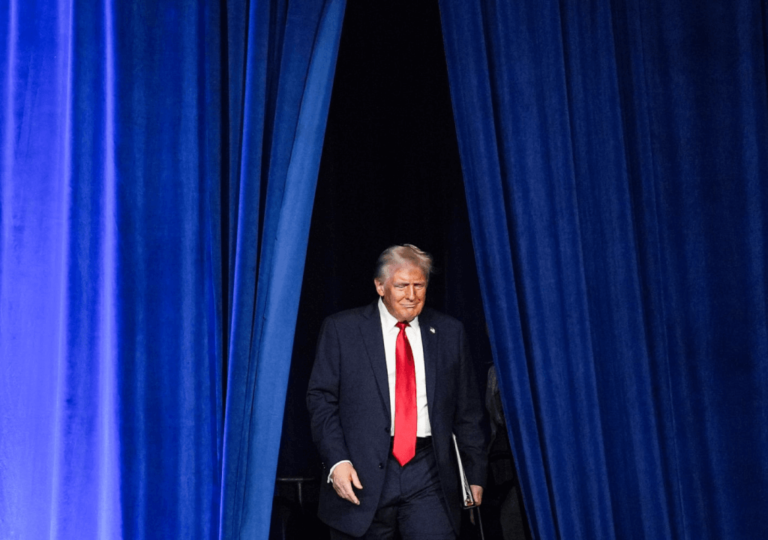
Donald Trump has been confirmed as the next U.S. president, defeating Kamala Harris in a historic election
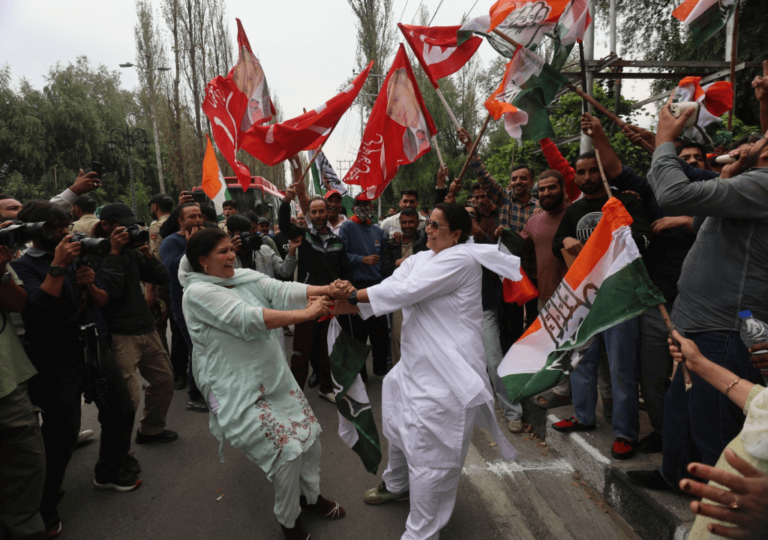
The National Conference and Congress alliance won a majority in Jammu and Kashmir, marking a setback for the BJP
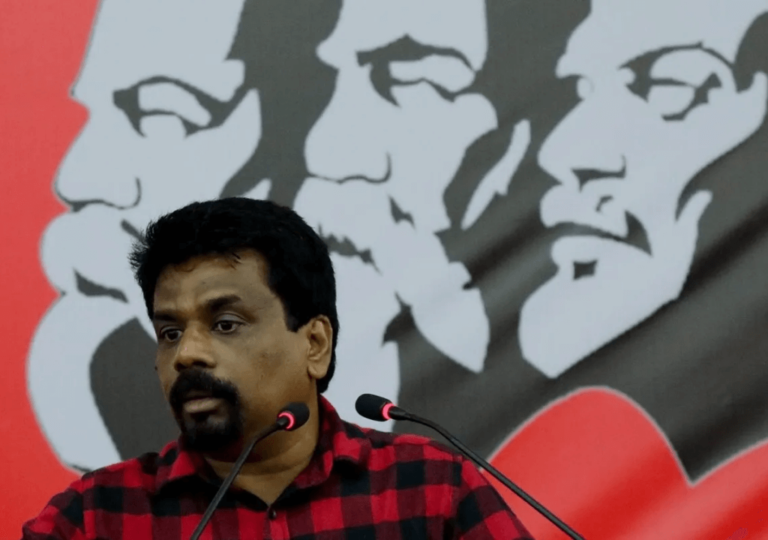
Sri Lanka's President Anura Kumara Dissanayake has dissolved parliament, calling for elections on November 14 to consolidate power
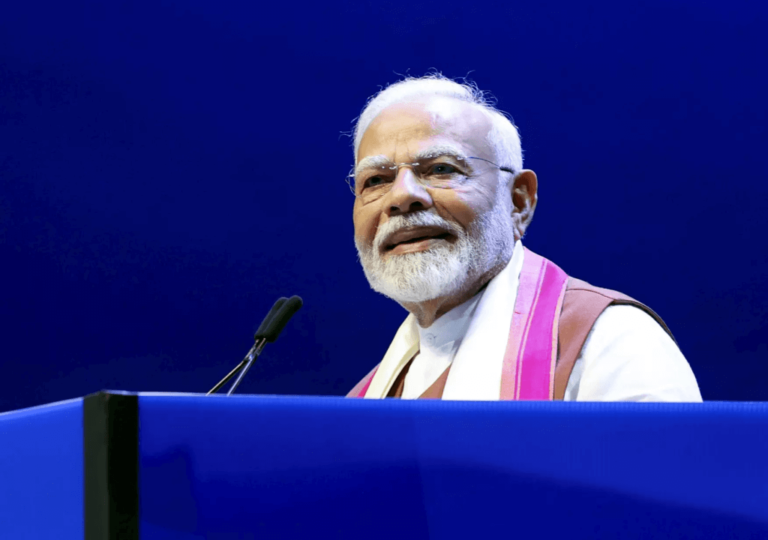
The BJP is fighting hard in the ongoing Jammu and Kashmir assembly elections, confident of securing a majority government this time